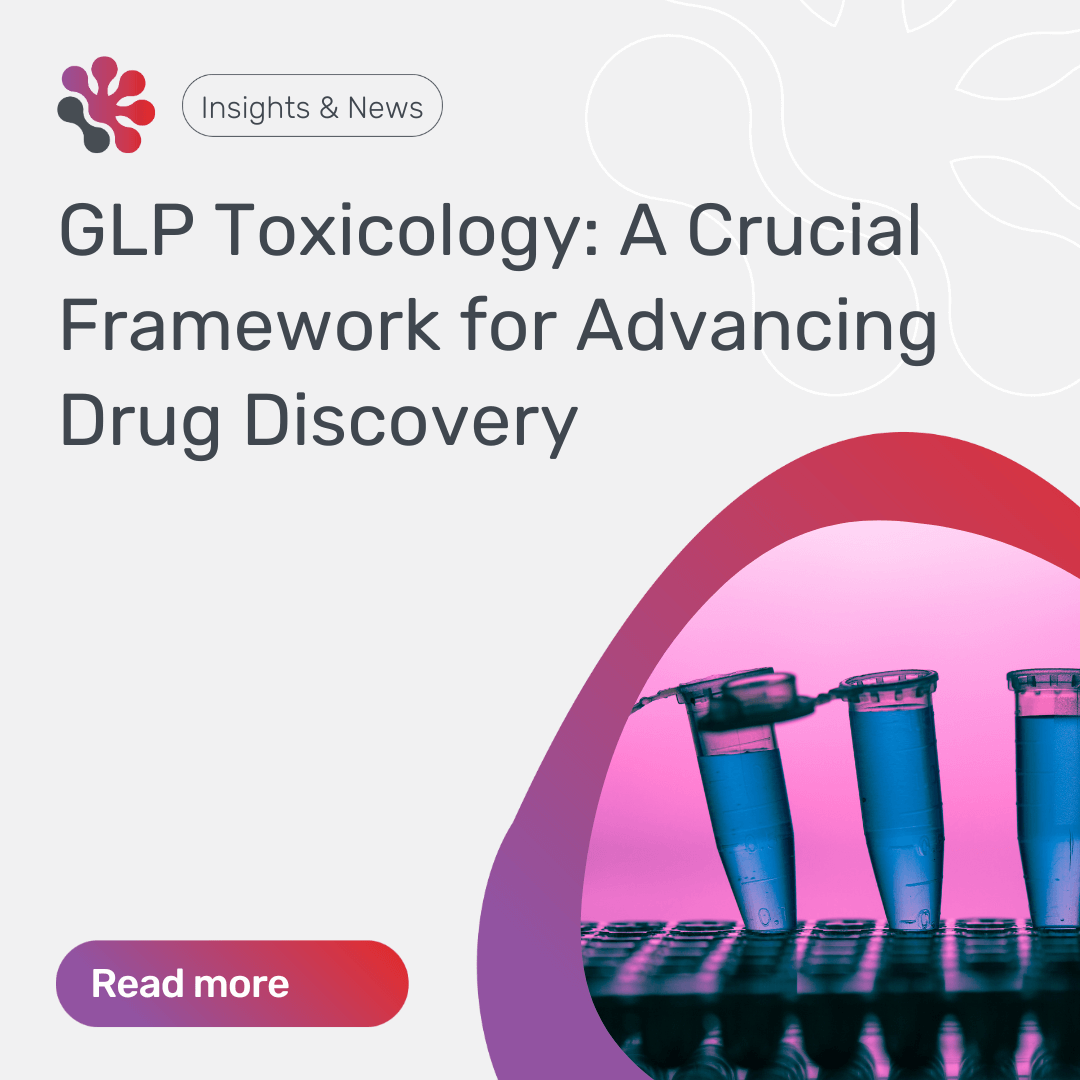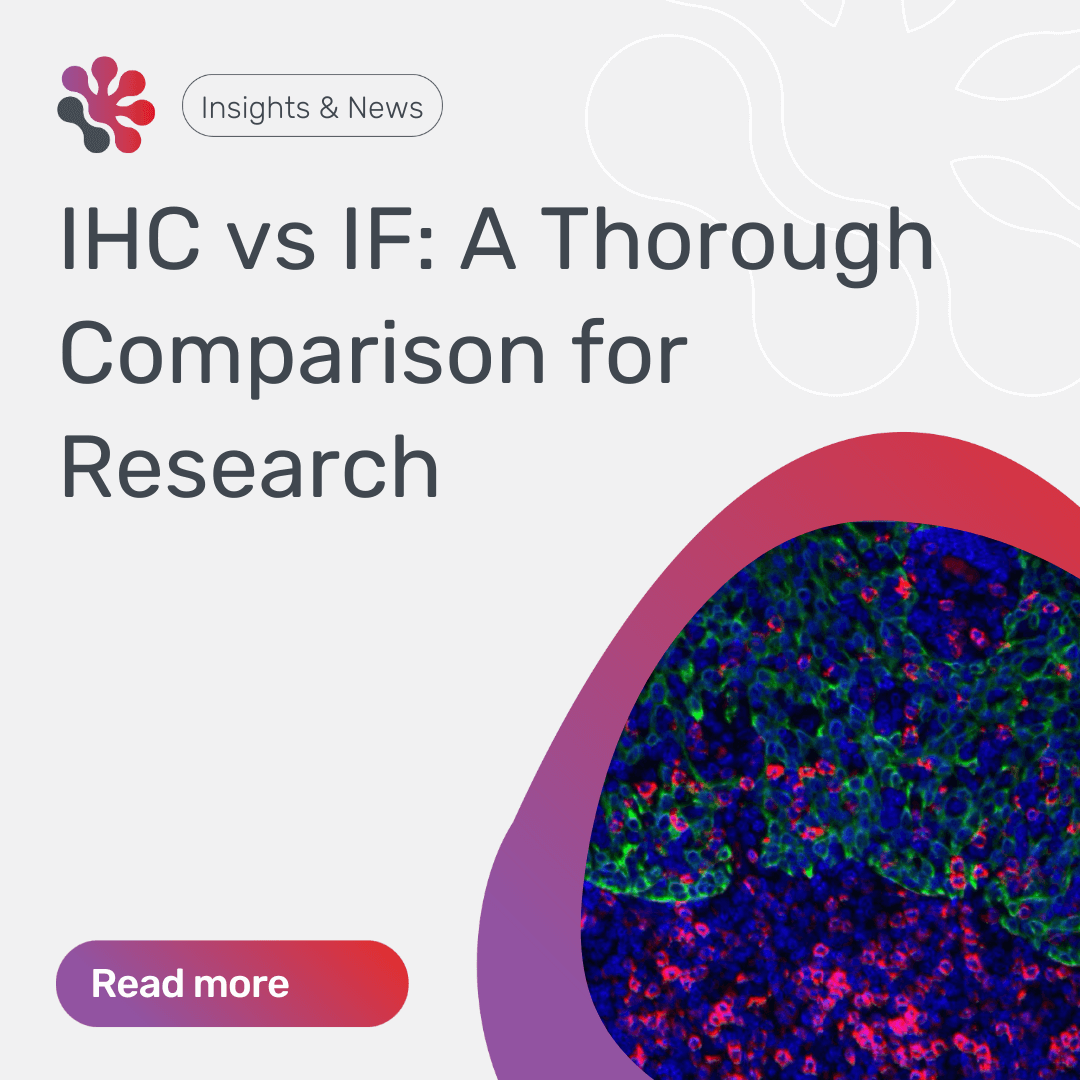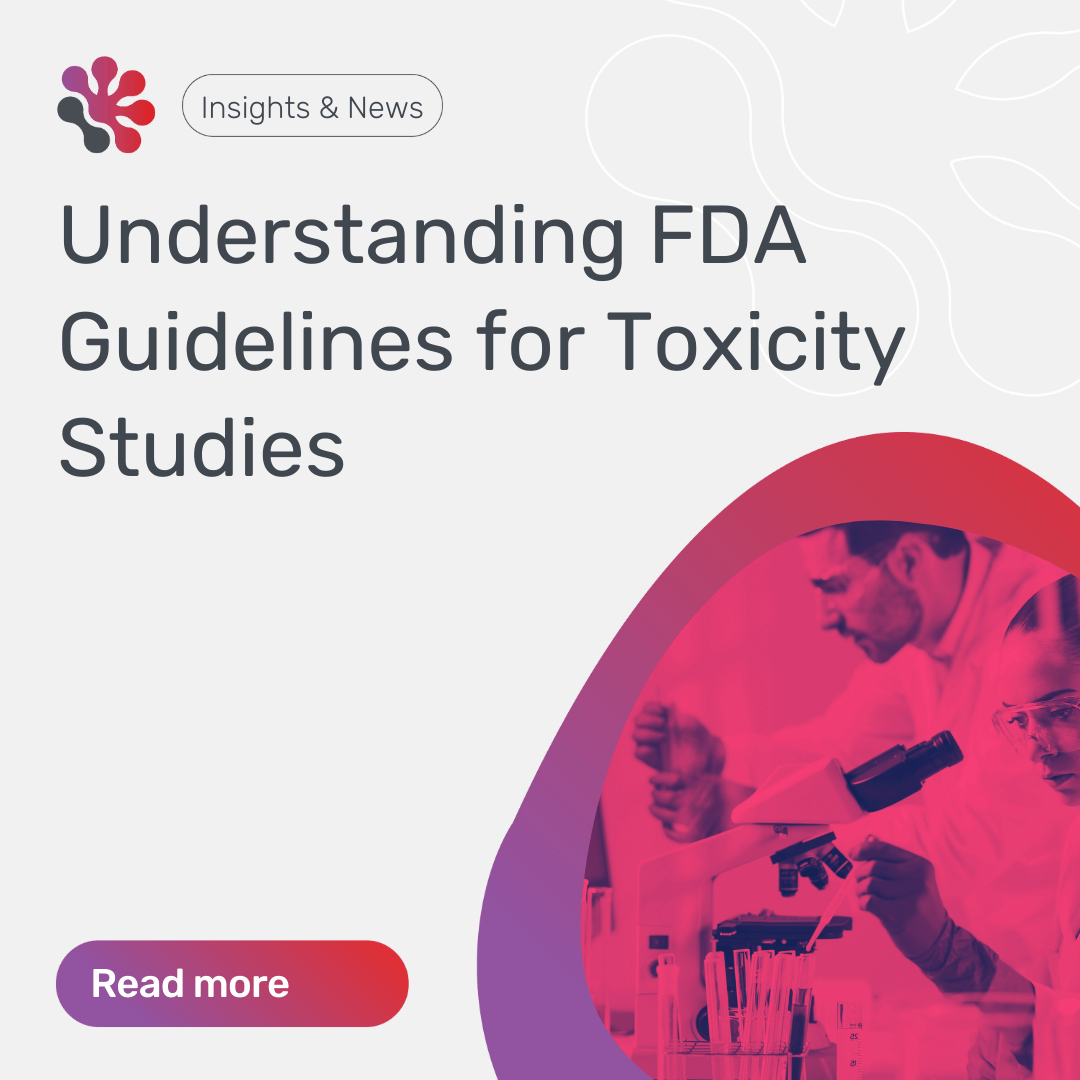In the fascinating world of pharmaceutical breakthroughs, the immense value of GLP-guided toxicological analyses (GLP Tox) cannot be overstated. Toxicology, which examines the harmful effects of chemicals on living organisms, plays an essential role in the complex realm of drug discovery. GLP toxicity studies, conducted within this framework, serve as a pivotal tool for predicting potential adverse effects of new therapeutic agents before they are tested on human subjects.
Benefits and Advantages of GLP Toxicology Studies
Implementing GLP Toxicology Studies Early On
Implementing these meticulous analyses at the early stages of drug discovery offers a significant advantage. It helps to identify potential safety concerns early on, avoiding costly and time-consuming obstacles in the future. These studies primarily involve model organisms such as mice or rats, providing valuable insights into the potential toxic effects of a drug on different biological systems and organs.
At HistologiX, we’re old hands at this. We handle a range of samples: paraffin-embedded, frozen tissue, cells, and even bone/calcified samples. Our team is here to help you on every step of the way in your projects. So you can focus on your region of interest and get top-notch preparation for the staining and analysis that follows.
How GLP Tox Studies Detect Toxicity
One notable advantage of GLP tox studies is their ability to detect toxicological effects at doses lower than those used in human clinical trials. The higher quantities employed in toxicology studies allow the exposure of harmful effects that may otherwise go unnoticed at lower doses.
Using GLP Toxicology to Decode Dosage
Beyond uncovering potential toxicities, GLP toxicity studies provide crucial insights into determining the appropriate dosage for subsequent human trials. Understanding the intricate relationship between dosage and toxicological manifestations enables scientists to establish the highest safe dose for rigorous clinical trials.
Compliance with Good Laboratory Practice (GLP) Principles
An integral part of GLP tox studies is the strict adherence to the principles of Good Laboratory Practice (GLP). GLP encompasses a robust set of regulations and guidelines that enhance the consistency and quality of these analyses. Adhering to GLP standards ensures the reliability of the findings, reinforcing their value in establishing the safety and effectiveness of a drug.
In the broader scope of drug development, GLP toxicity studies occupy a prominent position. By uncovering potential toxic effects and providing insights into optimal dosages, these studies strengthen the safety profile of novel drugs before their application in humans. The strict adherence to GLP norms further enhances the credibility and quality of these indispensable investigations.
It’s clear to see just how crucial Good Laboratory Practice (GLP) tox studies are for advancing your drug discovery process. Here at HistologiX, we’re all about delivering top-notch and reliable toxicology assessments, with patient safety always being our top priority. Our premier histology services are there for you right from the in-vivo phase of research, covering everything from efficacy and pharmacodynamics (PD), to pharmacokinetics (PK) and dose escalation studies.
How HistologiX Ensures Quality and Compliance in Toxicology Assessments
It’s clear to see just how crucial Good Laboratory Practice (GLP) tox studies are for advancing your drug discovery process. Here at HistologiX, we’re all about delivering top-notch and reliable toxicology assessments, with patient safety always being our top priority. Our premier histology services are there for you right from the in-vivo phase of research, covering everything from efficacy and pharmacodynamics (PD), to pharmacokinetics (PK) and dose escalation studies.
But our work doesn’t stop there. Our talented scientists go the extra mile to handle both standard and specialised toxicity study sample assessments. They’ve got you covered all the way from the moment we receive your wet tissue sample, right through to when we deliver a fully audited GLP Pathologist report. This isn’t just about ticking boxes for us, it’s about commitment – commitment to GLP-compliant solutions and the highest possible standards. See how we can help support your toxicology studies.
By joining forces with HistologiX, you’re not just stepping up the quality and reliability of your studies, you’re also accelerating your drug development journey. Our team is ready and waiting to help you take your research to the next level. So, don’t hold back – reach out to our experts today and see for yourself how our services can transform your drug discovery process.
Toxicology is the scientific study of harmful effects that occur in living organisms due to chemicals. It involves observing and reporting symptoms, mechanisms, detection, and treatments of toxic substances, especially the relation of these factors to poisoning.
Pharmacokinetics (PK) and toxicokinetics (TK) are both essential components of drug development, though they serve different purposes. PK studies how the body affects a specific drug after administration through the mechanisms of absorption and distribution, as well as the chemical changes of the substance in the body, and the effects and routes of excretion of the metabolites of the drug. TK, on the other hand, specifically studies the relationship between the dose of a drug and its toxic effects on the body, following the same fundamental principles of PK. In short, while PK focuses on the body’s effect on the drug, TK focuses on the drug’s toxic effect on the body.
GLP toxicology studies refer to the toxicological tests conducted according to Good Laboratory Practice (GLP) principles. These are a set of guidelines designed to ensure the quality, consistency, and reliability of non-clinical safety tests, from their inception to the recording and reporting of results. These studies are crucial for understanding the potential safety concerns of new therapeutic agents before they are tested on humans.
GLP toxicology studies play a crucial role in the drug discovery process by identifying potential safety concerns at an early stage. They can detect the harmful effects of a drug on different biological systems and organs, even at doses lower than those used in human clinical trials. This information is invaluable in preventing potential health hazards, saving time and resources in the long run, and ensuring that only safe and effective drugs make it to the market.
HistologiX offers top-notch and reliable toxicology assessments, with patient safety always being our top priority. We cover everything from efficacy and pharmacodynamics (PD), to pharmacokinetics (PK) and dose escalation studies. Our team of skilled scientists can handle both standard and specialized toxicity study sample assessments, adhering to GLP standards to ensure the highest quality and reliability of your studies. By partnering with us, you not only enhance the quality of your studies but also accelerate your drug development journey. Whether for research, clinical trials, or diagnosis, HistologiX ensures high-quality, reliable histology results. Learn more here.
Meet the Team

Laura Hubbard BSc
Laura is the Operations Manager at HistologiX. With a background in the pharmaceutical manufacturing sector, Laura is now applying her extensive project, resource and personnel management experience to overseeing the successful execution of contracted studies at HistologiX.
Laura began her scientific career completing various academic research projects across multiple institutions, with a regenerative medicine focus. She then transitioned to the pharmaceutical industry, working as a Process & Production Engineer specialising in medical devices. Laura has a 1st Class degree in Animal Science and Computer Science from the University of Nottingham.






